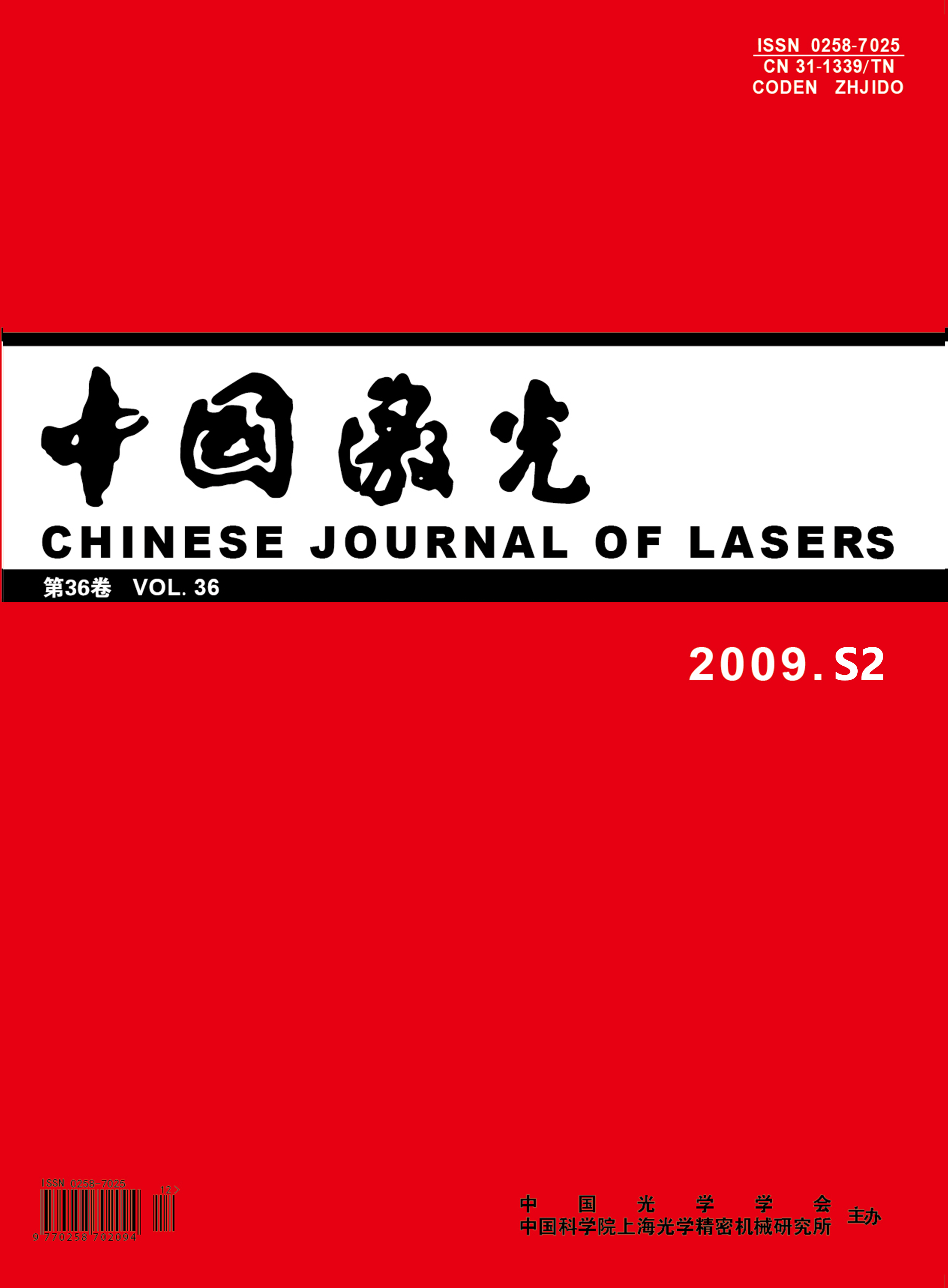中国激光, 2009, 36 (s2): 134, 网络出版: 2009-12-30
同步辐射用光学元件的检测
Optical Elements Metrology in Synchrotron Radiation
测量 同步辐射 光学检测 斜率误差 长程面形仪 measurement synchrotron radiation optical metrology slope error long trace profiler
摘要
同步辐射(SR)用光学元件必须采用很大的入射角以得到较高的反射率,从而使得这类光学元件一般均为横向较窄而轴向甚长的长条状。为获得好的聚焦性能,这类光学元件的面形通常为非球面,包括圆柱面、环面等,曲率半径范围从约几十毫米到无穷大,因此同步辐射中的光学检测不同于可见光光学元件的检测方法。为了保证同步辐射光束线的传输效率,第三代同步辐射光束线要求镜子工作表面的斜率均方根(RMS)误差在3 μrad以下,表面粗糙度RMS要求小于0.3 nm,精确测量这些反射镜的表面轮廓对于建造同步辐射光束线非常重要。同步辐射光学检测设备除了常用的面形干涉仪、粗糙度仪外,还有一种可见光检测中没有的设备--长程面形仪(LTP)。着重介绍同步辐射中的光学检测手段。
Abstract
Specialized mirrors are normally used as prefocusing and postfocusing optical elements in synchrotron radiation (SR) beam lines. These mirrors are used for extreme grazing incidence in the vacuum ultraviolet,X-ray regions. Mirrors are typically segments of far-off axis aspherics off-axis aspheres,such as cylinders,ellipsoids and toroid with radii of curvature from tens of millimeters to infinite. Surface figure or shape error for these mirrors is generally represented by root mean square (RMS) slope errors. Typical tolerances for these mirrors are 3 μrad for RMS slope error and 0.3 nm for RMS micro-roughness. Measuring the mirrors used in SR with high precision is very important. The long trace profiler (LTP) is used for metrology in SR besides optical interferometer. The LTP is used for testing surface slope error of SR optical elements in world and is not adopted in visible optics generally. Optical metrology methods used in SR are introduced in this paper.
罗红心, 王劼, 肖体乔. 同步辐射用光学元件的检测[J]. 中国激光, 2009, 36(s2): 134. Luo Hongxin, Wang Jie, Xiao Tiqiao. Optical Elements Metrology in Synchrotron Radiation[J]. Chinese Journal of Lasers, 2009, 36(s2): 134.





